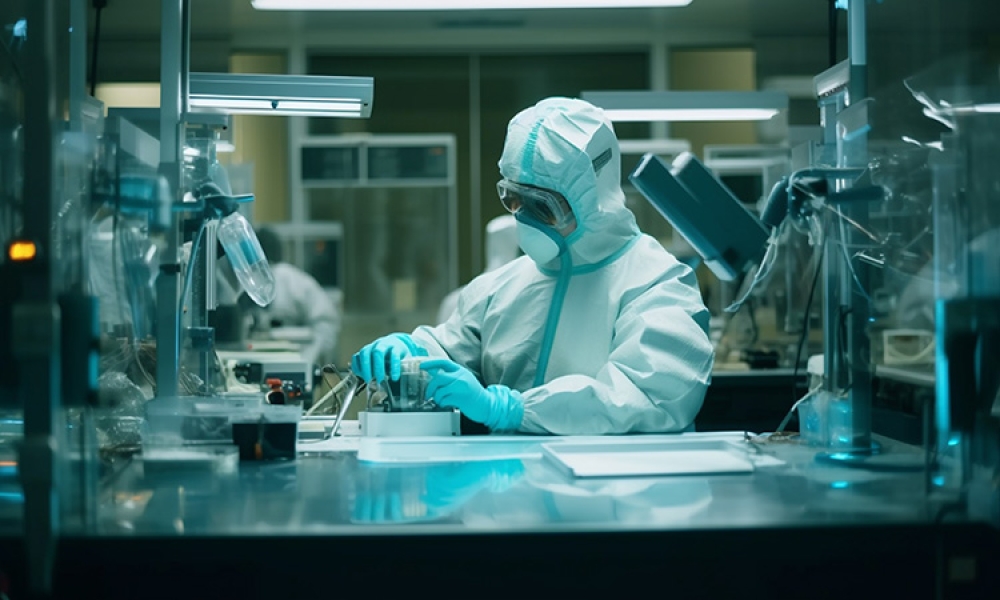Enabling Continuous Direct Compression Pharma Manufacturing

Getting your feet wet with continuous technology takes an organizational commitment, both financial and personnel. This is because continuous is a manufacturing approach, not a hardware solution.
Continuous manufacturing relies on multiple interacting technologies including unit operation hardware, various sensors, MVA software, control platforms, data management, etc.; all of which needs to be managed simultaneously. Getting disjointed technologies and information to work together takes time, effort, and knowledge. As a result, while continuous manufacturing offers enormous benefits in quality, cost, productivity, and reliability, it also seems to require significant upfront effort and commensurate investment in order to extract these benefits. This need to buy-in up-front has led to a slow rate of adoption for continuous manufacturing even though interest has been high for some time.
Four solid dose products produced by continuous processes have been approved by the FDA, with two coming within the last 6 months. This is great for those in the industry who have been working in this area for a number of years, but how these approvals translate to adoption for others is not fully clear.
Recent market approvals are driving new interest in continuous by organizations that had been waiting to see those approvals before jumping in, but caution should be exercised. Again, continuous is a manufacturing approach, not a hardware solution.
Today, there are multiple commercial integrated system options, at least in the case of solid dose, that didn’t exist just a few years ago; many with facilities for running trials. In addition, there are CMOs who have been implementing systems over the past years that are now coming online. This makes exploring and adopting the technology easier than before.
Still, in order to develop and take to market new products using continuous you will need organizational familiarity with the technology. So, what is the best approach to taking advantage of new integrated products and their availability for trial or clinical production? Take your existing products and do a batch conversion? Explore your pipeline products? The answer will depend on your organization and product portfolio, but in either case there are ways to maximize your organizational knowledge and success.
First, many want to jump to the fully integrated wet granulated system along the lines of what Vertex has used for two of the first commercial continuously manufactured pharmaceutical products. This is ambitious and a challenging undertaking that is not appropriate for every organization, at least at the onset. In my opinion, even if you believe you have a need to granulate, starting with a continuous blending and perhaps integrated compression would be the best way to introduce the technology into an organization. While some of the benefits of integrated processes increase as we add in additional components, so does the complexity, setup time, and capital. So, while the benefit of a continuous blending station may be less than that of a continuous direct compression or granulation line, there are benefits that can be realized as you walk before you run as an organization.
Also, the trend within the industry for continuous solid dose is direct compression. The commercially approved products by both Janssen and Eli Lilly are both manufactured by direct compression. While Janssen has other lines coming online with integrated wet and dry granulation capabilities, Lilly has based its small molecule development strategy around direct compression and has stated in public forums that it believes it will be able to make the majority of its new products with the systems they have. In addition, the Pfizer and GSK collaboration on Portable, Continuous, Miniature, and Modular (PCMM) manufacturing is direct compression.
Based on the trends and players emphasizing direct compression, you would think that there must be more of an advantage than just lower complexity and cost; and there certainly are. First, properly designed continuous direct compression systems have shown to be quite robust towards segregation issues allowing for the manufacture of formulations that would require granulation if manufactured by batch. In addition, over the past decade techniques for API surface modification requiring simple co-processing with other materials such as silica which result in less sticking, improved flow, and even densification. These techniques provide a simple low cost alternative granulation that further enables utilization of direct compression as a platform manufacturing approach for small molecule pharmaceuticals. Beyond this, excipient suppliers are exploring and introducing new products that are grades intended for continuous or combinations of products to allow for less ingredient handling. Finally, the aspect that continuous direct compression manufacturing involves less integrated processing steps and is therefore less complicated than a granulation based approach is likely to aid in regulatory interactions with bodies beyond the FDA where the level of familiarity with the technology is lower.
Continuous manufacturing continues to be one of the most talked-about pharma trends. Be prepared to transform your operations! Hear from renowned global industry, regulatory, and academic experts who will discuss both new molecule processes and batch-to-continuous conversions at the 2018 ISPE Continuous Manufacturing Workshop.
Register by Monday, 26 March to take advantage of our lowest rates — saving you $400 or more!



